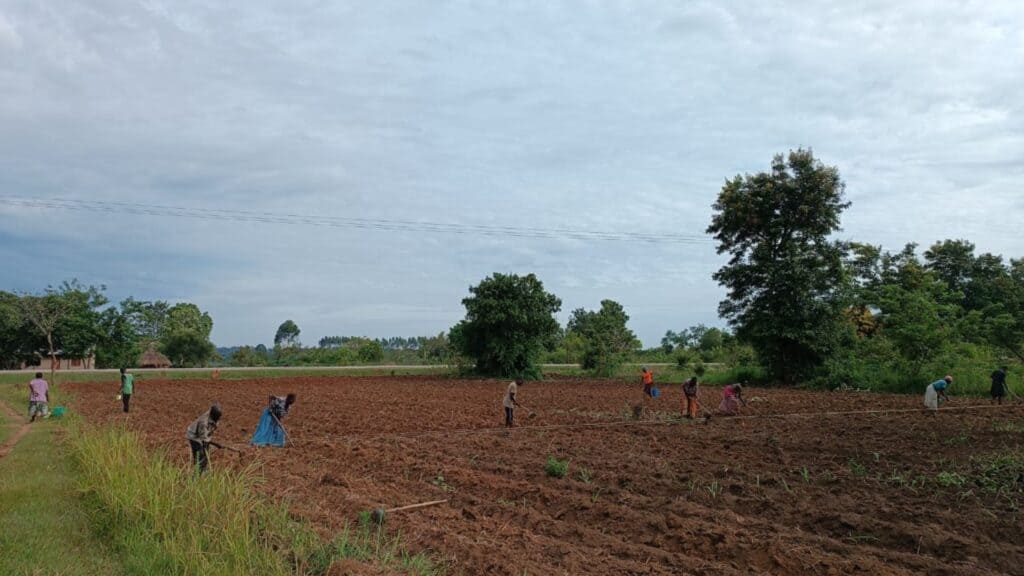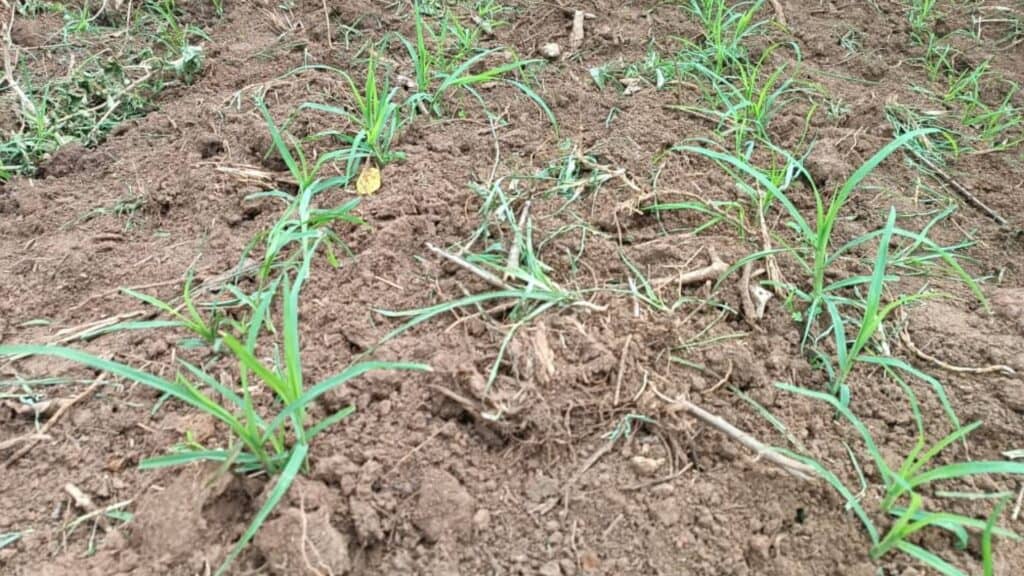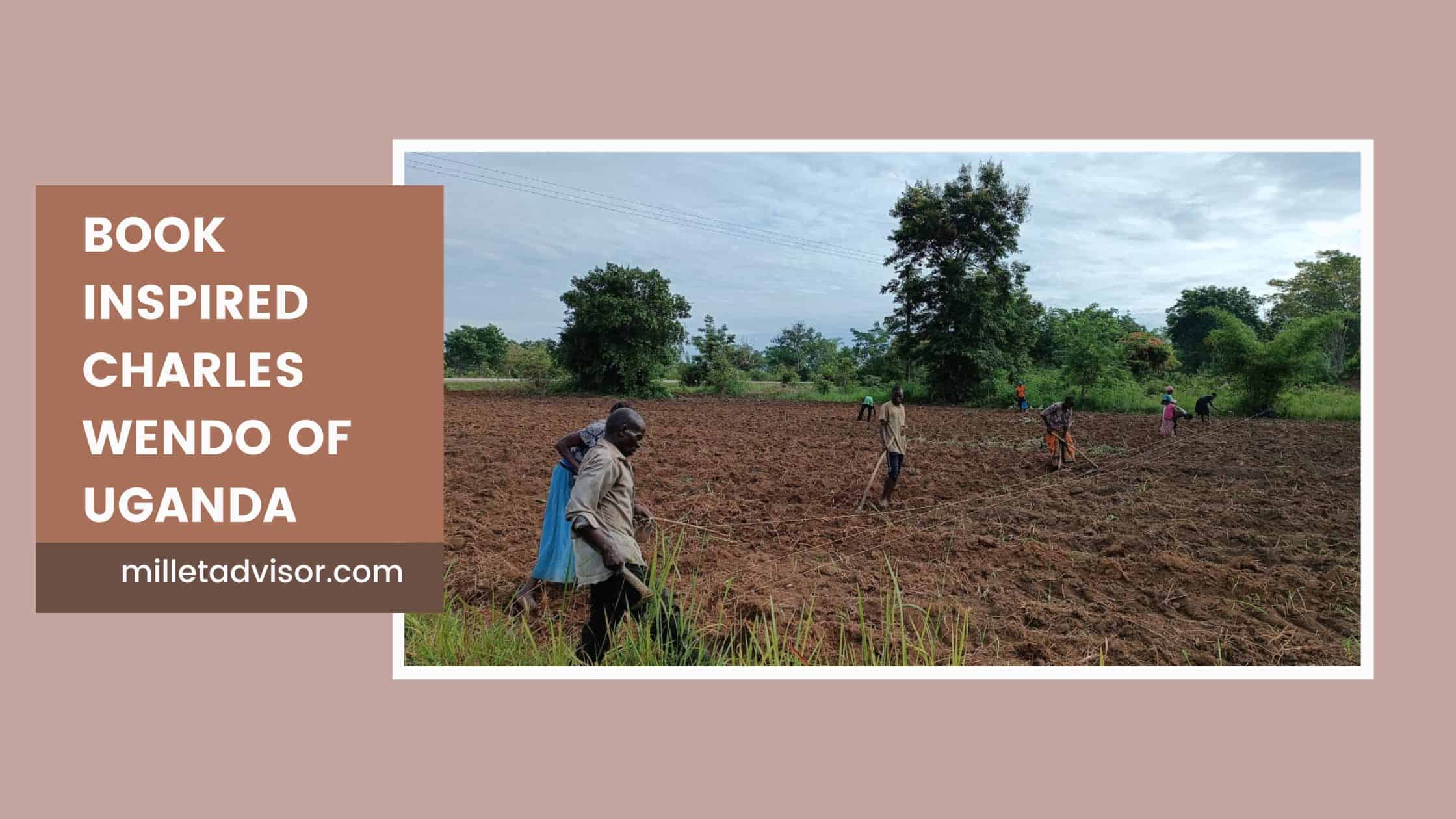Table of Contents
Book on Millet Business Ideas Inspired Charles:
It was the happiest day to get an email from a person from Uganda that too after reading my book. Today, I thought to share the conversation with you. Hope this conversation inspires and motivates you.
Charles writes to me: Inspired by your book
I have completed reading your book, Millet Business Ideas: Empowering Millet Startups. It’s a great resource. Whereas you wrote the book from an Indian perspective, I find most of it relevant to my country Uganda, more than 5000km away. Most of the content resonates with me.
I have learned a lot of useful information from the book, all of which cannot be stated in one email. But some of them require special mention: the system of millet intensification, millet processing facilities, value-added products of millet, and using online platforms to build a brand and market millet products. The icing on the cake is the motivational real-life stories of millet entrepreneurs.
Going forward, I feel motivated enough to do something about millet in 2023. Definitely, my dining table will have more millet than ever before. And I will grow 2 acres of finger millet in 2023. Two acres might look small but it symbolizes a start. I will also inspire and hopefully teach others to grow millet next year, hopefully, I can start small and increase to hundreds or thousands of farmers in the coming years.
With the harvest, I will try out various value-added products.
Fortunately, my daughter is a student of food science and technology at university. My son is also at university studying agribusiness. And my wife is a graduate of social entrepreneurship. So we are going to have a conversation around promoting millet and building a social enterprise that mobilizes farmers to grow millet and then adds value to the produce. It’s a lot easier said than done but we’ll see how it goes. Who knows, we might actually be able to have a millet festival to celebrate the international year of millets.
Thanks again for publishing this book, it has launched us into a millet journey. If it’s okay with you, once in a while we’ll be updating you on our progress however small it might be. At some point, we might turn to you for advice when we need additional wisdom.
On 24th November 2022- I replied to him:
Dear Charles, I think today is the happiest day of my life. Getting such wonderful feedback and review from you that too from 5000 km away from my country. Thank you so much from the inner core of my heart. I never thought I could reach such a long way. I am very happy to hear about your initiatives on millets. I know, definitely, you will do wonder. Great to know about your family. Your family is completely resourceful and I think your family as a team will give a boost to your millet journey.
I will be happy to hear about your progress and it’s my pleasure to help you. Please feel free to contact me.
Once again, thank you so much for taking out the time and writing a beautiful mail.
On 20th, April 2023 – Received an email on the Updates of his Millet Journey
Dear Tapas,
Thanks again for motivating and inspiring me and millions of other people to grow, consume, add value to, and trade in millet.
The last time I updated you, I had made a decision to grow two acres of finger millet, to begin with. We’ve managed to start with three acres, with the support of my wife and hired casual workers. Planting dates were within the last week of March and the weeding was done this week, at the age of about three weeks. It’s rain-fed agriculture, so we hope the weather will be kind to us. So far so good.

To put this email in perspective, in Uganda millet means finger millet. Sorghum is simply referred to as sorghum and most people don’t know it’s a millet. The only other type of millet grown in Uganda is pearl millet, but this is limited to a small number of people in the extreme northeastern part of the country. So when I say millet, it’s finger millet.
Obtaining planting materials:
We visited the national cereals breeding program (part of the National Agricultural Research Organisation). We had very fruitful conversations with the head of the National Cereals Breeding Programme, She is Dr.Scovia Adikini (I will be referring to her as Uganda’s chief millet breeder). She recommended two improved varieties of finger millet (Naromil 2 and Naromil 5) and gave us 20 kg of each variety to start with. We hope to be a source of planting materials for other people.
Use of manure:
In two acres, we mixed the seeds with manure (one part of seeds to 10 parts matured cow dung) before sowing. In the third acre, we sowed without mixing with manure. The difference in growth rate between the millet sown with manure and that sown without manure is big. The difference was visible immediately after germination. A week after germination, we added manure to the third acre that was planted without it but that did not help the plants to catch up with those that were plated with manure. Next time we shall not put any seeds into the soil without manure.
Planting method:
We used direct line sowing at a spacing of 30cm between lines in some places and 45cm in others. Hopefully, we’ll have a rough idea of whether to use 30cm or 45cm in the future. Due to a lack of previous experience, within lines, we sowed too many seeds too close together. At thinning, we had to remove more than three-quarters of the plants. It’s an important lesson. Next time we’ll mix seeds with more manure and sow more sparsely. If you have any advice on how to make line sowing work better, I would appreciate it.

Despite the weakness I’ve mentioned here, our method of planting is a big improvement from the broadcasting method that nearly everyone here uses. We hope to inspire more people to move from broadcasting to line sowing. In the future, we’ll also try out the method of making seedbeds and transplanting.
Looking ahead:
Ideally, we should have planned the project beforehand. Instead, we decided to start as we plan, because any delay would make us miss the planting season. This means we still have a lot of work to do to prepare for the harvest, which is expected about 10 weeks from today. Within a very tight time frame, we need to plan for harvesting, drying, threshing, storage, and value addition. We don’t want to sell any millet without adding value to it.
Pearl Millet:
The millets most grown here are finger millet and sorghum. However, the national cereals breeding program has produced a new variety of pearl millet, which many Ugandans are likely to be interested in. It is quick maturing, drought resistant, high yielding, and tastes like finger millet. We hope to get the seeds in time for second-season planting in July. We shall plant a demonstration garden of pearl millet in a region where it is not normally grown, and later be a source of seed for planting. Actually, I need some crash program learning on how to process and package seeds for planting.
Social impact:
We are thinking of ways in which our millet business can benefit other people. Apart from being a source of planting materials, we want to make our millet garden a learning center. Also, if we manage to get some partners, we want to carry out mass media activities to inspire more people to grow and consume millet. We have also initiated discussions with University to see if their agricultural engineering department can design and make for us a simple communal millet thresher. If you have any design recommendations for a millet thresher, we would really appreciate it. In the end, we hope to be able to buy millet from other farmers and add value.
And finally, a cup of millet porridge a day
Yes, I’ve started to take a cup of millet porridge a day, and I’m telling everyone who cares to listen. Although I’ve missed some days, this year I’m consuming a lot more millet porridge than I did in previous years.
Thanks again for being an important part of our millet journey.
Charles says, before reading the book on Millet Business Ideas, he had gone through my blog on SMI in Finger Millet, which was the first point to connect with me. In this Millet journey, Charles’s wife, Rosemary has worked with him very closely and dedicatedly. She manages everything when Charles goes to his work from 8 am-5 pm.
Conclusion:
I must say at the end that, Charles Wendo has taken massive action from what he has learned. We have also learned from Charles. Hope in the coming days, more farmers will learn from him and definitely he is going to be a ”Change Maker” in his country. My best wishes to him and his family for the Millet Journey.
Author: Tapas Chandra Roy, A Certified Farm Advisor on Millets, ‘Promoting Millets from Farm to Plate’ and an Author of the book -” Millet Business Ideas-Empowering Millet Startups”. In a mission to take the forgotten grains- Millets to Millions. To remain updated on my blogs on Millets please subscribe to my newsletter and for any queries please feel free to write to [email protected]


